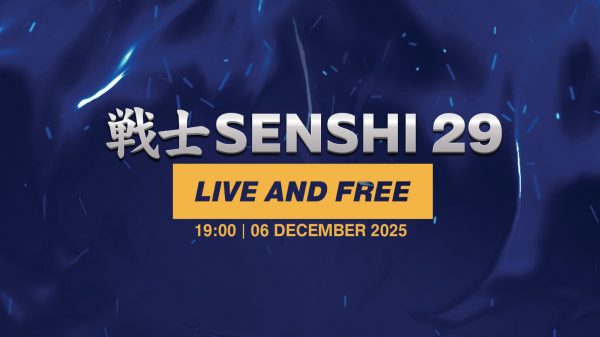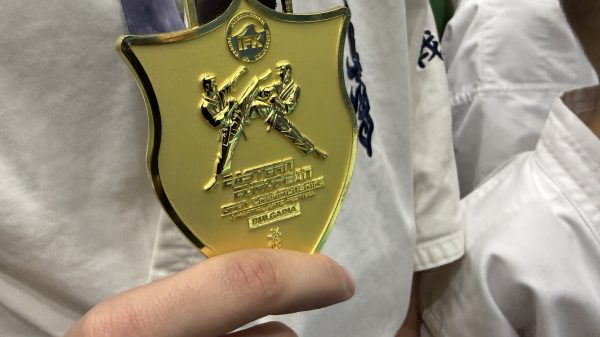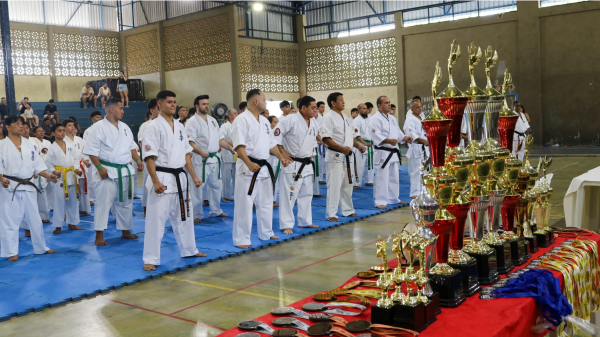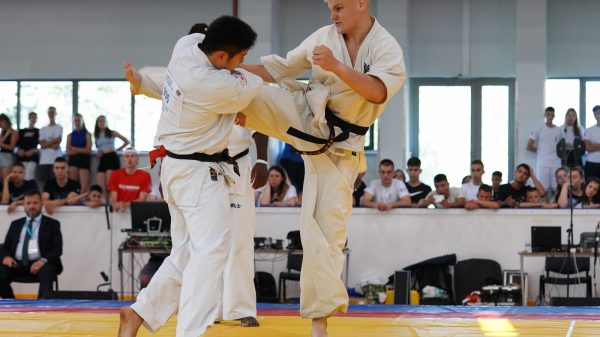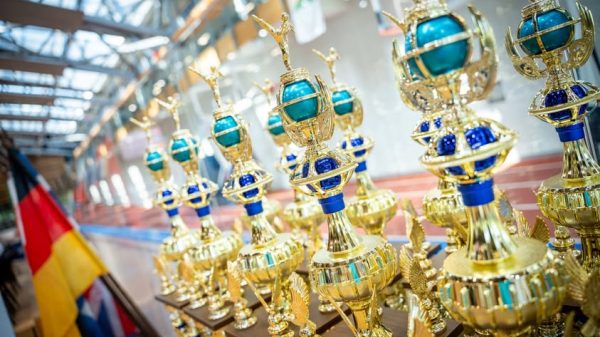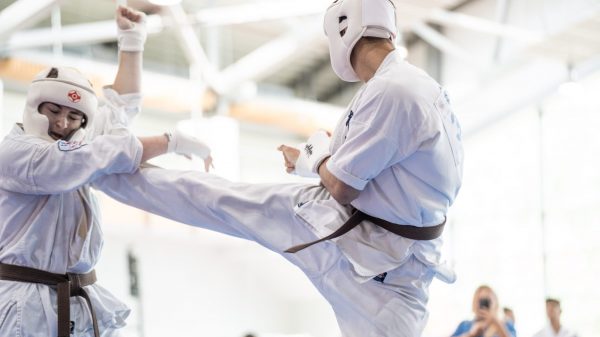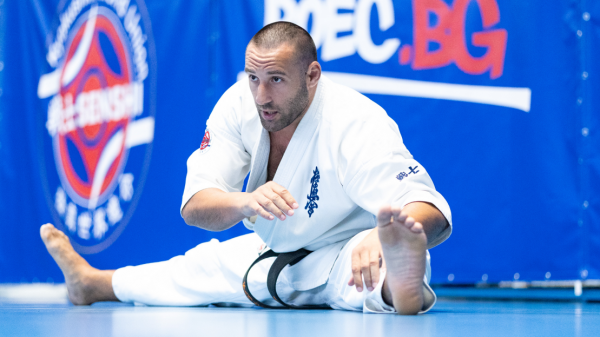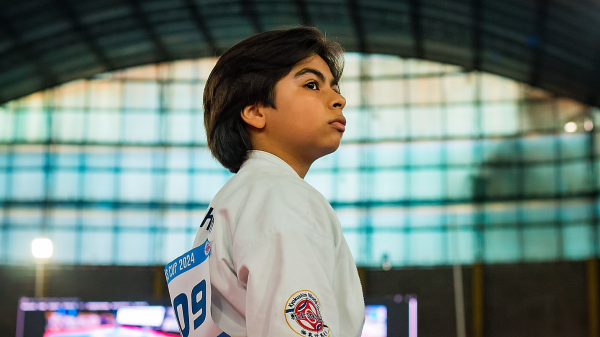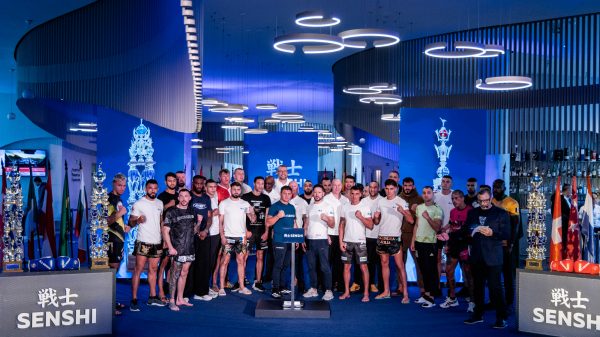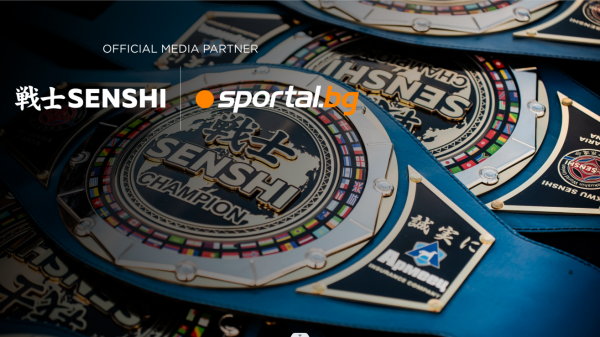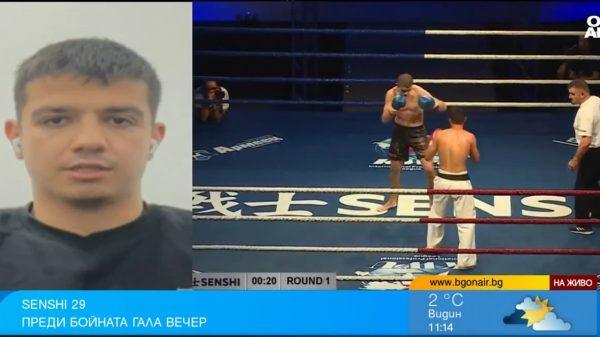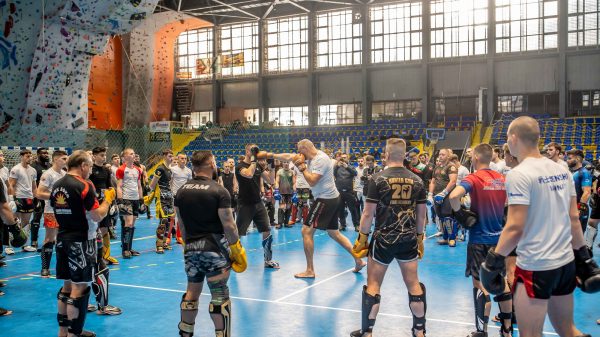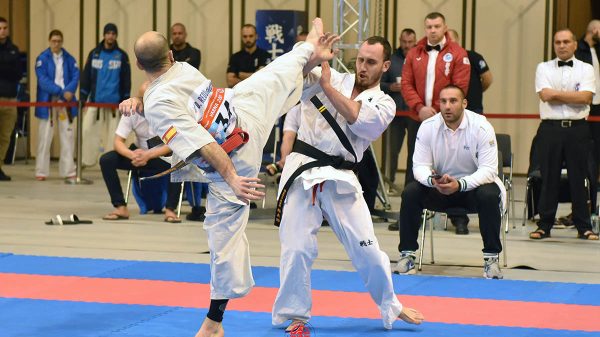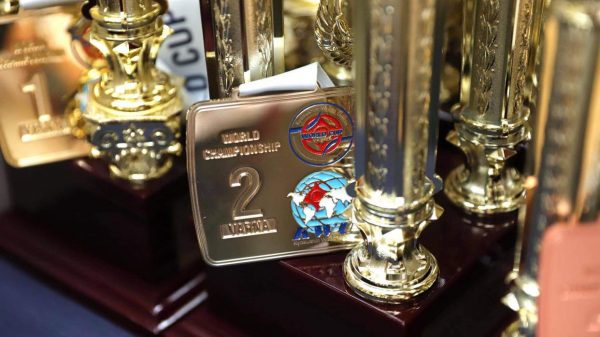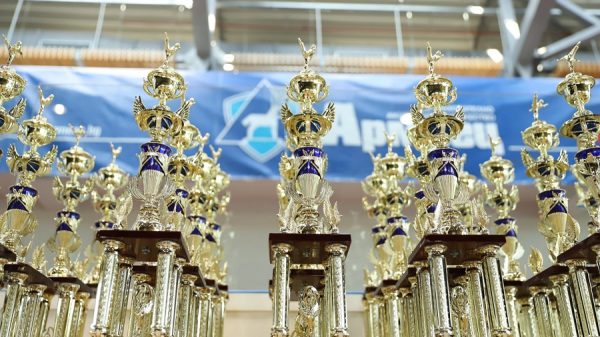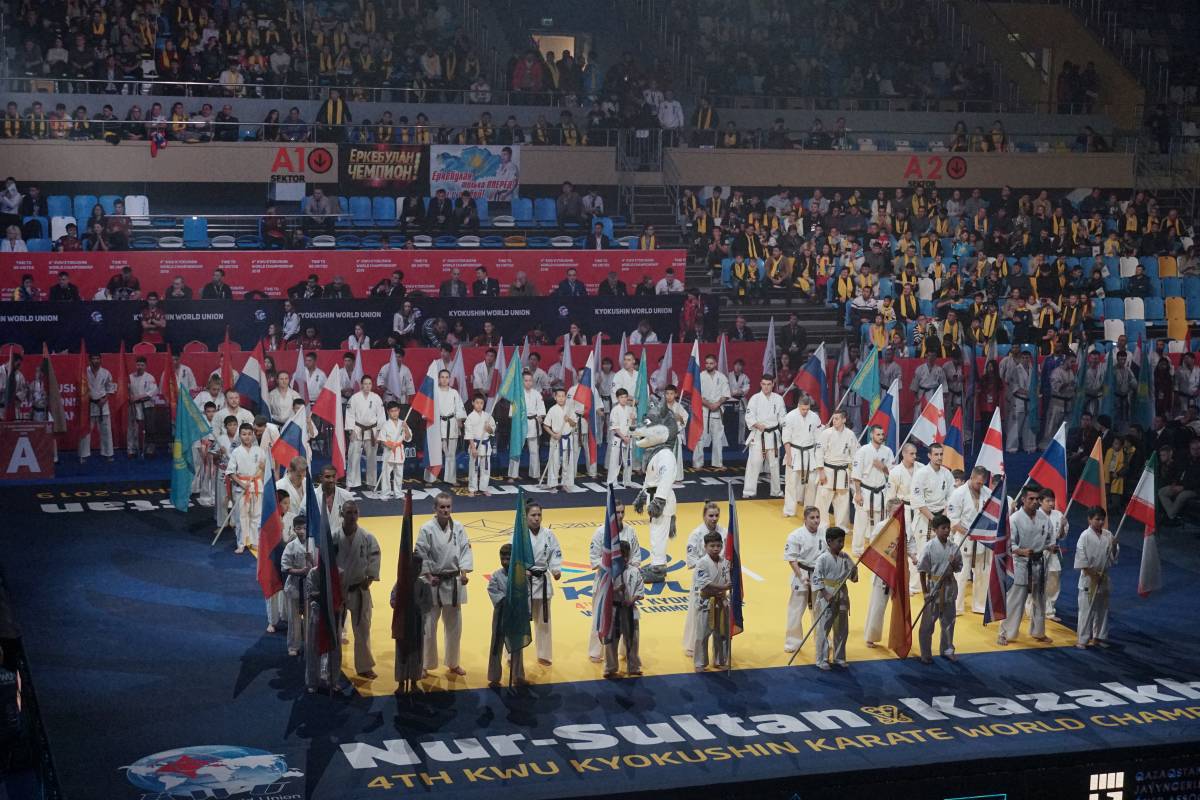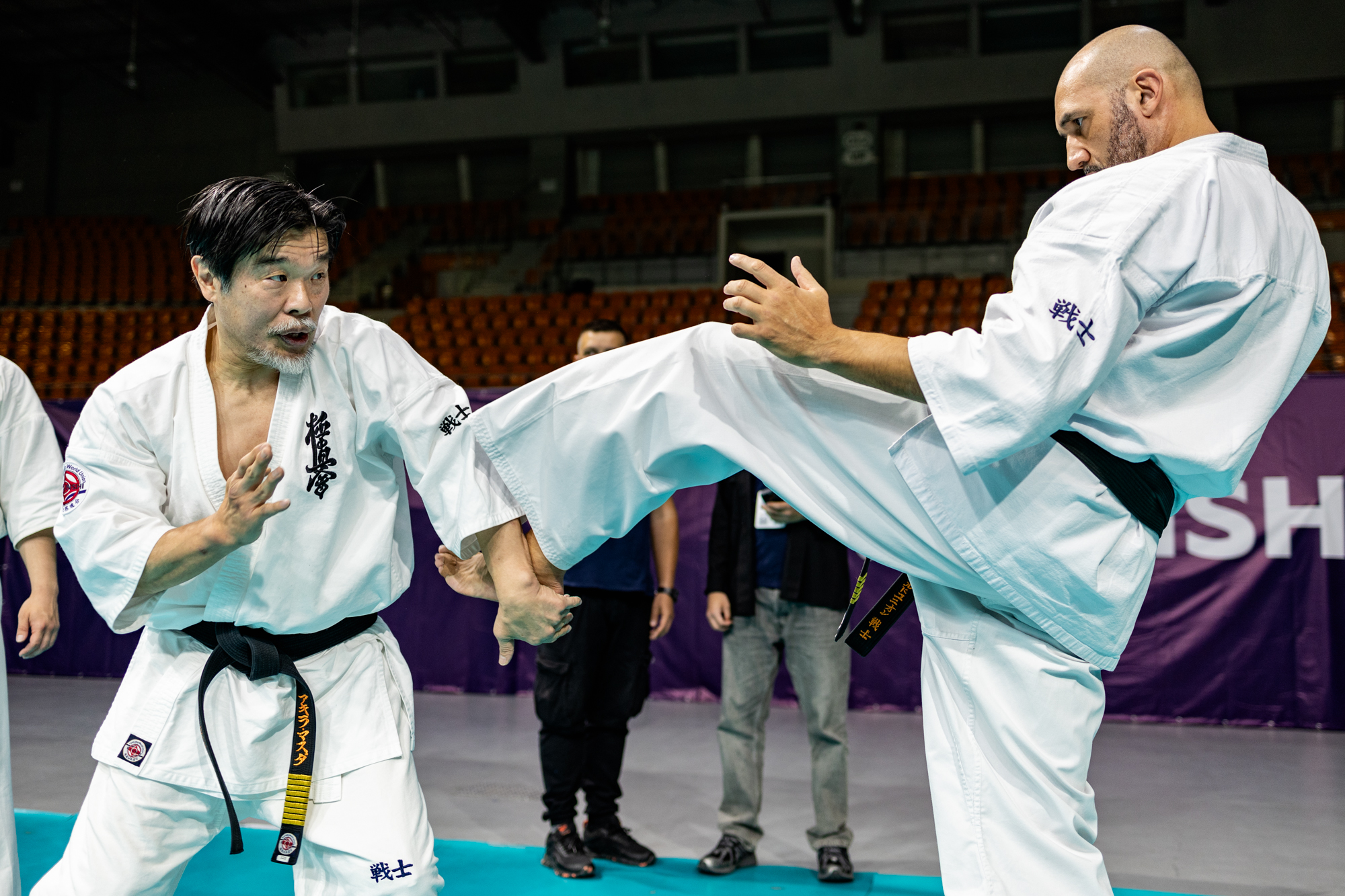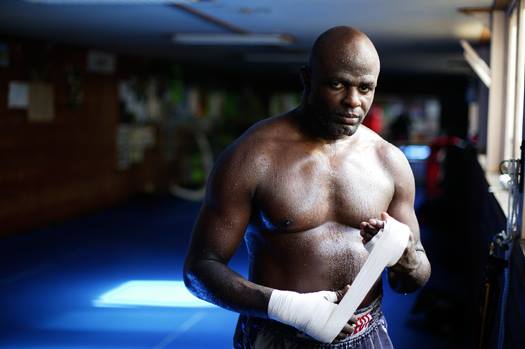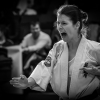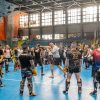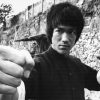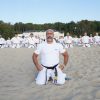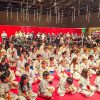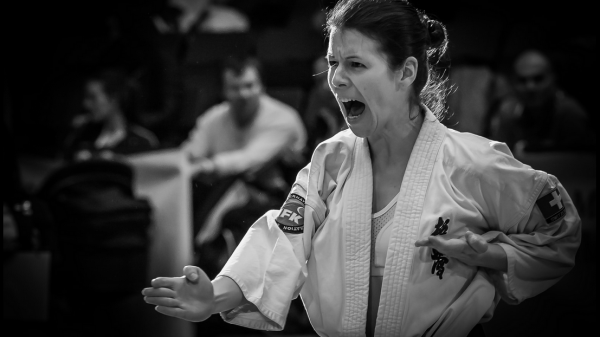To teach martial arts effectively, it’s essential to adopt the mindset of a student and balance group dynamics with individual attention. This approach not only ensures that each student receives the guidance they need but also fosters personal growth and understanding of the martial arts philosophy.
To be an effective martial arts teacher, it’s important to first adopt the mindset of a student. A teacher should always remember their own experiences as a beginner—the struggles, frustrations, and excitement of learning. This empathy is essential when guiding others.
While teaching, a balance is necessary between addressing the group as a whole and providing personalized attention to each individual student. Every student is unique, with their own needs, abilities, and learning pace. This diversity presents both challenges and opportunities for growth as an instructor.
In Kyokushin Karate, the fundamentals—kihon—are emphasized. These basics are practiced by everyone, from beginners to advanced students. It often takes students two to three months to feel comfortable with the kihon warm-up routine. For beginners, kihon can sometimes be the most difficult and least enjoyable part of their journey. During this stage, it’s crucial for the instructor to demonstrate patience, helping students cultivate patience within themselves.
Patience goes both ways. To help students reach their full potential, a significant amount of time and effort must be dedicated to mastering kihon.
The Role of a Karate Sensei
Being a Sensei involves more than just teaching punches, kicks, and self-defense techniques. A great teacher must understand why each student has come to class. Everyone has their own reasons for practicing martial arts, and it’s important for the teacher to discover those motivations. Understanding these individual reasons makes the journey a mutual one of growth for both teacher and student.
One of the key challenges for martial arts teachers is how to teach a group while addressing the needs of each individual. The answer lies in sensitivity to students’ needs and recognizing that teaching extends beyond the dojo.
Students often view their instructors as role models—figures they trust and aspire to emulate. This trust places a significant responsibility on the teacher, one that should be approached with respect and care. Each instructor may have their own way of fulfilling this responsibility, but it’s essential to do so for the student’s growth. The development of character—central to budo—depends on this responsibility.
A good Sensei will listen to students, offering guidance not only in physical techniques but also in all areas of life when students seek advice. The aim should be to teach not just the physical aspects of martial arts but also the philosophy of budo—the way of the warrior. Life is challenging, and the lessons learned in the dojo should be applicable to daily life.
This philosophy is embodied in the concept of Osu no Seishin or Osu no Shinobu—the spirit of perseverance and never giving up, just as a warrior would. Unfortunately, the growing emphasis on the sporting aspect of martial arts often overlooks this profound philosophical foundation.
Through teaching martial arts, the goal is to help students build confidence and equip them with the mindset necessary to face life’s challenges. While the physical benefits of martial arts, like self-defense and fitness, are significant, the greatest impact lies in the development of a healthy mind, body, and spirit. Ultimately, the aim is to foster strong character, especially in younger students who will carry these values into adulthood.
Teaching Other Instructors
Teaching other instructors comes with its own unique set of challenges. Experienced martial arts instructors are often tasked with not only perfecting their techniques. But also improving their ability to communicate and transmit knowledge effectively to their students.
This can be difficult, especially with instructors who have 20–30 years of experience. Some may resist change, holding on to their own established knowledge or teaching habits. It’s not uncommon to see instructors teaching from a place of limitation—whether due to complacency, a lack of inspiration, or an unwillingness to evolve. Maintaining a “white belt mentality,” an openness to continual learning, is vital for any instructor.
Patience is key when teaching other instructors. This patience must come from both the instructor and the student. Remembering that all instructors were once beginners can help foster empathy and understanding. It’s essential to evaluate teaching methods regularly and inspire students to seek continuous knowledge.
In conclusion, patience—with oneself and others—and a genuine understanding of each student’s motivations are the foundation for success. When these principles are mastered, instructors will cultivate long-term students who understand the true essence of the martial way—the ultimate truth of budo.


